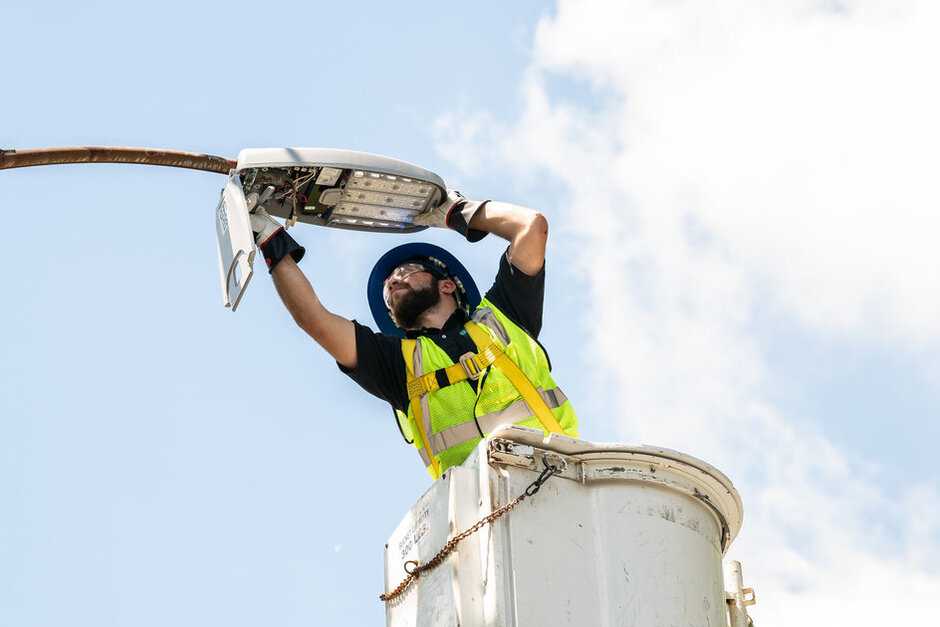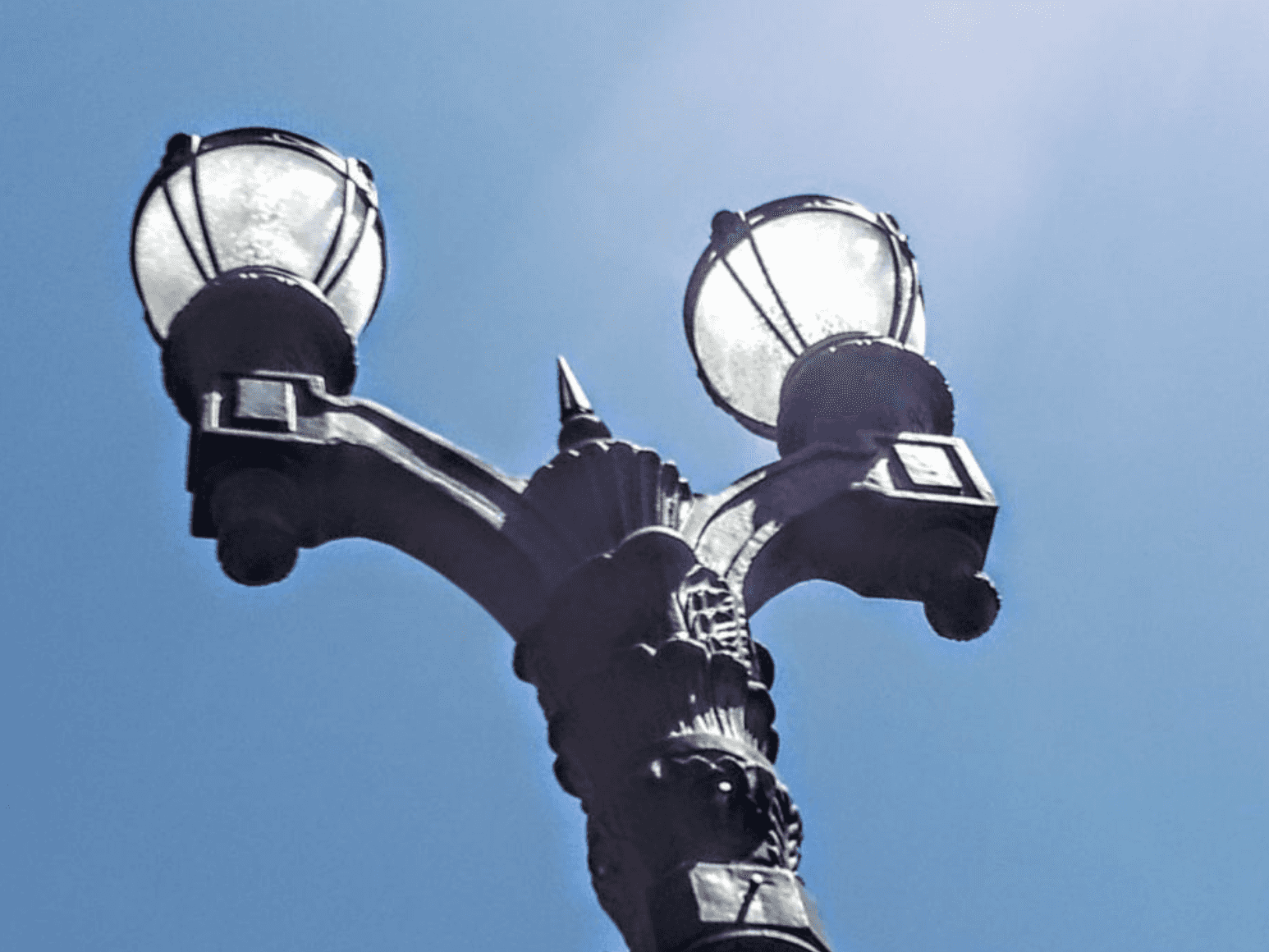
Street lighting overhaul
From beacon to platform.
How likely? How soon? What impact?
The global conversion of street lighting to energy-efficient LED lamps is also ushering in an important urban tech upgrade. Along with green bulbs, cities are using the next generation of streetlights as a platform for wireless network and sensor deployment. Anticipated spending on smart street lighting exceeds $8 billion over the next decade in the U.S. and $12 billion globally through 2023. More than 20 million connected streetlights, one-third of the installed base globally, are already in operation. Over the next decade, this project will be completed. But it's only the beginning, because new streetlights are a platform for many other key pieces of urban tech, from 5G radios to cameras and other sensors.
For cities, smart streetlights provide a crucial new point of leverage to shape the urban tech agenda, as they set rules for companies that want to exploit this ubiquitous platform. However, many cities may shy away from the complexity and financial commitment of smart street lighting. Public-private partnerships that seek to streamline lighting upgrades may surrender too much of this future value.
Signals
Signals are evidence of possible futures found in the world today—technologies, products, services, and behaviors that we expect are already here but could become more widespread tomorrow.




..png)



